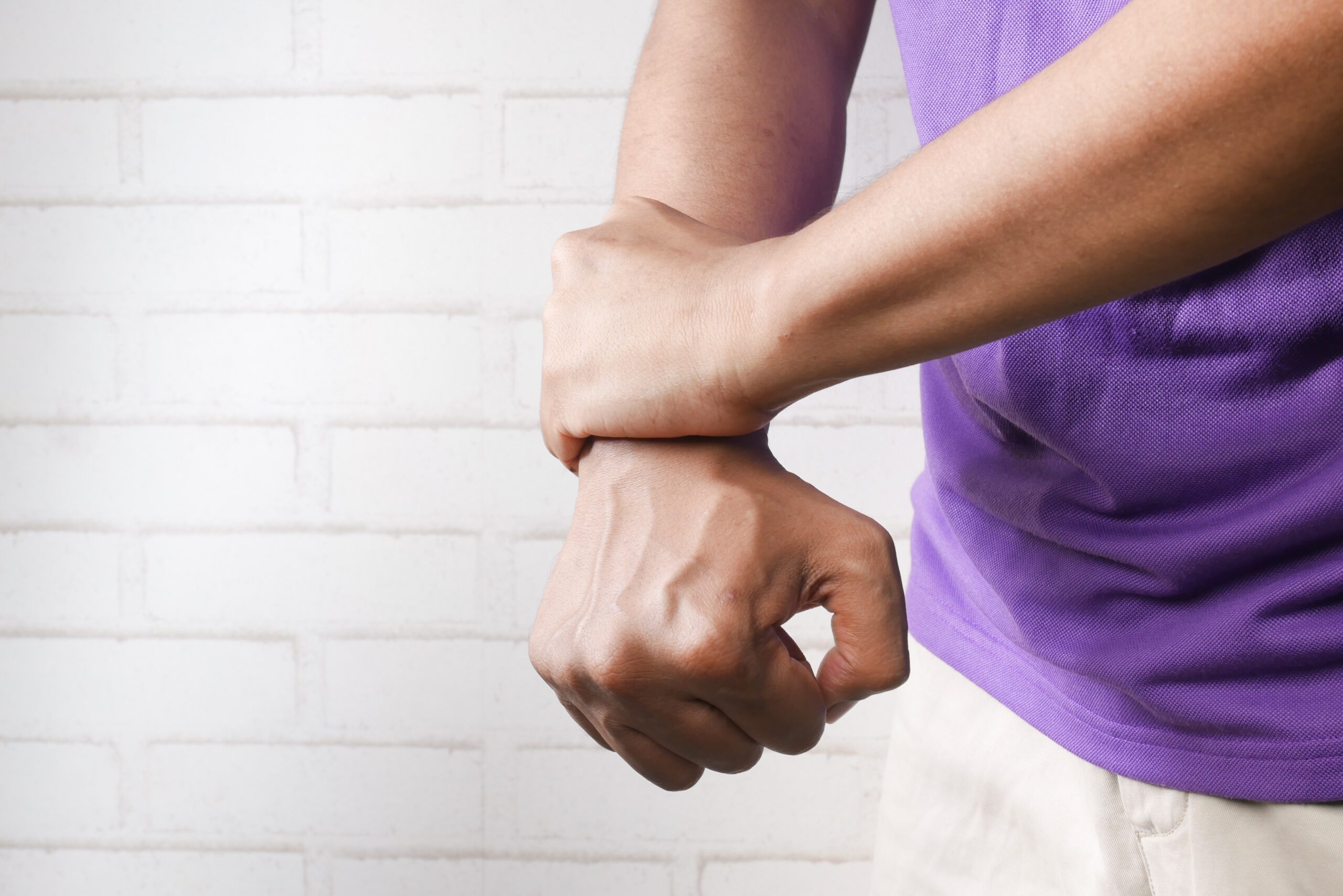
Repetitive Strain Injury Explained
Repetitive strain injury is a common condition resulting from the overuse of joints and muscles through repetitive motions. RSI mostly affects your upper body, in particular your shoulders, arms, wrists and hands.
RSI is a broad term used to describe a range of problems affecting your muscles, tendons, joints and nerves in your body. Repeated strain on these tissues can cause damage and over time, this can lead to symptoms such as pain, swelling and loss of strength.
If you think you have RSI, there are lots of things you can do yourself to ease your symptoms. But you may need to seek help from your osteopath or GP. Osteopaths can help to reduce swelling and restore movement and function to the part of your body that’s been affected. In general, it’s important to keep moving as much as you can and your osteo can help you do this in a way that causes the least amount of pain.
Read on for our top tips for how to ease pain and prevent RSI.
Causes of RSI
There can be many different causes for an RSI, including:
- Sitting incorrectly with poor posture at your workstation
- Continually lifting heavy weights in awkward positions
- Activities that involve repetitive movements with your arm or hand
- Continuing a prolonged activity without taking regular breaks
Symptoms
Symptoms may begin gradually and then become constant and more intense. Your symptoms may, in time, prevent you doing your work or normal activities. But making simple changes early on can help to prevent your symptoms of RSI from getting worse. You may feel some symptoms only with certain movements.
- Aching
- Swelling
- Tingling
- Stiff joints
- Cramp
- Weakness
- Numbness
How to prevent RSI
It’s not always necessary to seek medical help for suspected RSI. Follow our tips below if you suffer mild symptoms, but always consult your GP or osteopath if the pain continues or is severe at any time.
- Stop the activity or movement that aggravates symptoms. You can start to reintroduce slowly once the discomfort eases.
- Use the RICE rule – rest, ice, compression, and elevation
- Apply ice and heat alternately for up to 20 minutes each to reduce swelling and ease pain
- Make changes to your work space or sport to help your body maintain a comfortable, balanced position during the day/activity.*
- Take breaks often, even if it’s just a quick stand up and stretch to reset your position at a desk
Treatment
If symptoms are present after following the above measures, we strongly advise booking an appointment with your osteopath.
Your osteopath will ask about your medical history, your symptoms and what you do for work/sports. An assessment of your suspected RSI will be carried out with a few simple movements. Your osteopath will then create your treatment plan and begin the first hands on treatment, which will last approximately 30 minutes. A little discomfort is expected as your osteopath stretches the tissues and articulates the joints in your affected area to aid the healing process.** Laser therapy or dry needling may also be suggested as part of your treatment plan.
*Chantal Prince offers office ergonomics sessions to help you set up your desk space at home or in your workplace. Get in touch here to book your appointment.
** Click here to read more about the structural osteopathy technique.
